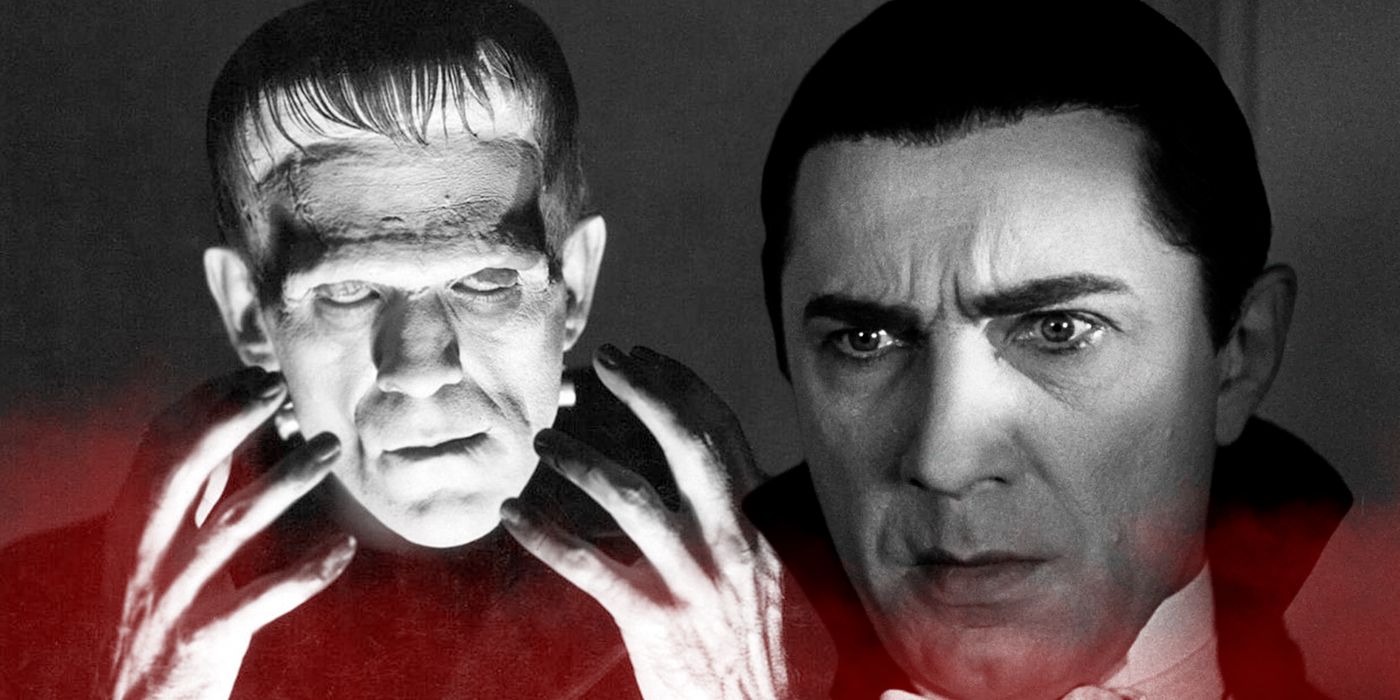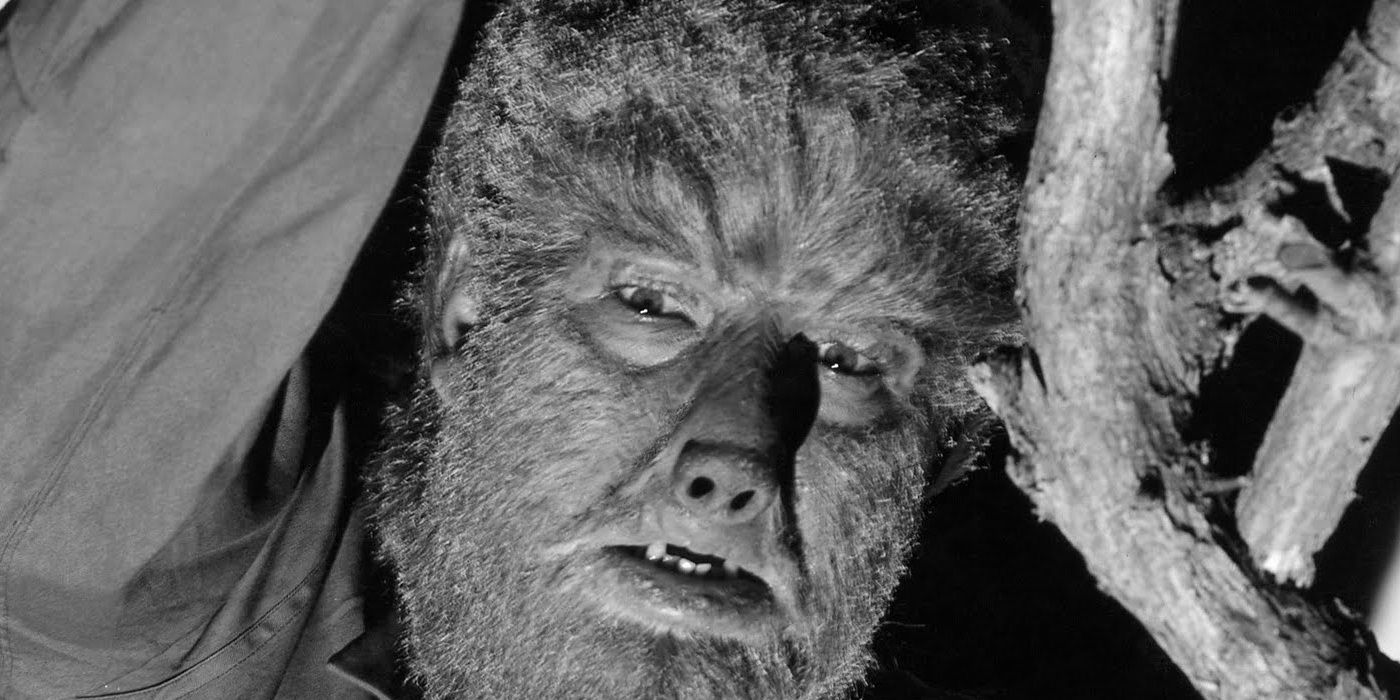Modern horror has continued to elevate the bar regarding what's scary in countless creative ways. In the past, this was done through gore and violence but has since evolved into something far more cerebral. Films like Hereditary show that sometimes the real terror can come from places that feel safest, while movies like The Babadook make fear come from an internal struggle. As the genre continues to grow, how have the Universal Classic Monster films held up?
Since the 1930s, the Universal Monsters have represented the pinnacle of horror and special effects. Without these films, some of cinema's greatest achievements likely wouldn't have come about, and horror itself wouldn't have instinctively pushed itself to take things farther with each year. However, after nearly a century, the classics have remained staples in terror as they still manage to terrify audiences.
The Universal Classic Monsters Were Different From Modern Horror
In the past, censorship was one of the most powerful factors in the entertainment industry. It's because of censors that toilets couldn't be shown on screen until Hitchcock's Psycho. As a result, much of what was offered in terms of horror had to be delivered cleverly and in a way that allowed for the right amount of mature content. In the case of the Universal Classic Monsters, Universal Pictures turned to literature and folklore.
The franchise's early years saw Mary Shelley's Frankenstein and Bram Stoker's Dracula kick off the series with films that adapted the classic novels. What made them scary was how the actors portraying the monsters carried themselves. This would later inform future films, as Lon Chaney Jr. embraced the tragedy and primal fury of The Wolf Man, and Claude Rains took on the mania of The Invisible Man. Compared to modern horror, which has since leaned more on gore and motivation to define a character, Universal Monsters had a hint of humanity that made them terrifying.
Why Will Universal Classic Monsters Remain Scary For Years To Come?
From The Phantom of the Opera to Creature From the Black Lagoon, the Universal Monsters never missed a beat in terms of creating scares for a large audience. They may not have the gore and violence on their side, but it has helped make them stand out. Furthermore, remakes of these films, like The Wolfman, failed to capture the essence of the original because of their focus on modern horror tropes. Meanwhile, movies like The Mummy (1999) and The Invisible Man (2020) became modern classics for embracing the idea that real terror comes from within and the tragedies and psychosis of the villains, but what's the connective reason these earlier films still evoke fear?
In short, it's the human condition that made up the foundation for establishing unease in its films. From Larry Talbot's denial about becoming a werewolf to the fear of being staked by a living mummy, they're human emotions that could be translated into modern metaphors, whether the werewolf represented addiction or the mummy a stalker. Furthermore, when it became time for violence to ensue in the films, it was never outwardly shown, leaving much to the viewer's imagination. This has done wonders as classical actors of the time made sure to react appropriately to paint a picture without showing a thing. Because of these simple yet timeless strategies, the Universal Classic Monsters have remained terrifying and will continue to decades later.



